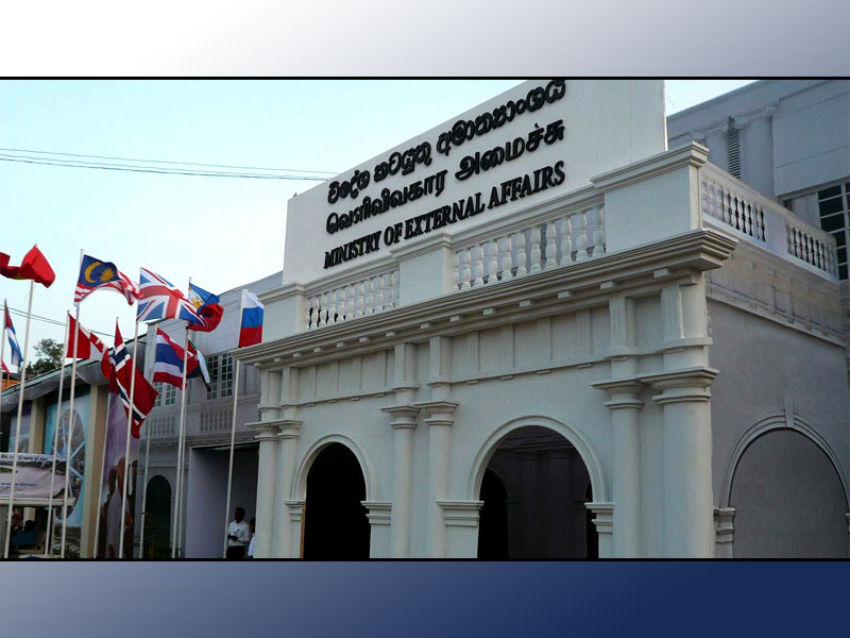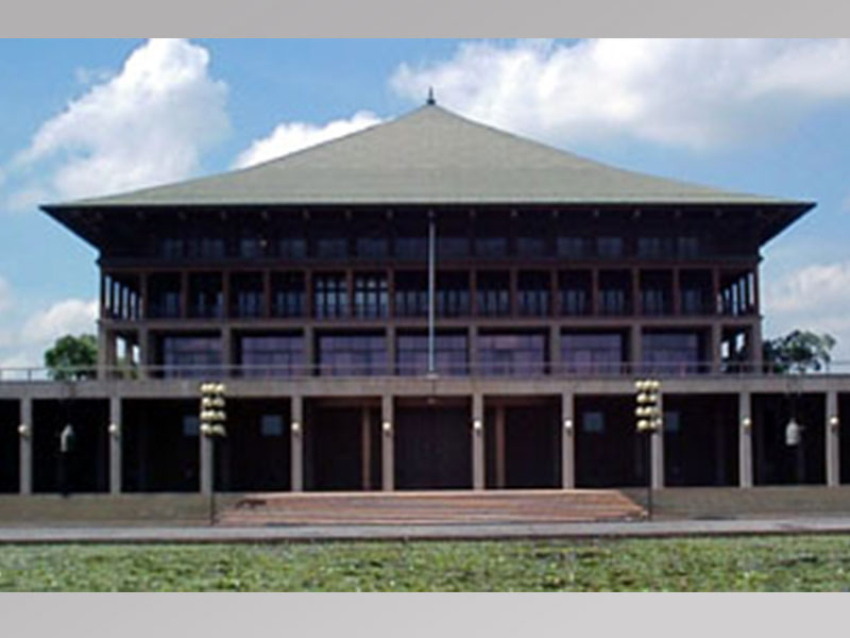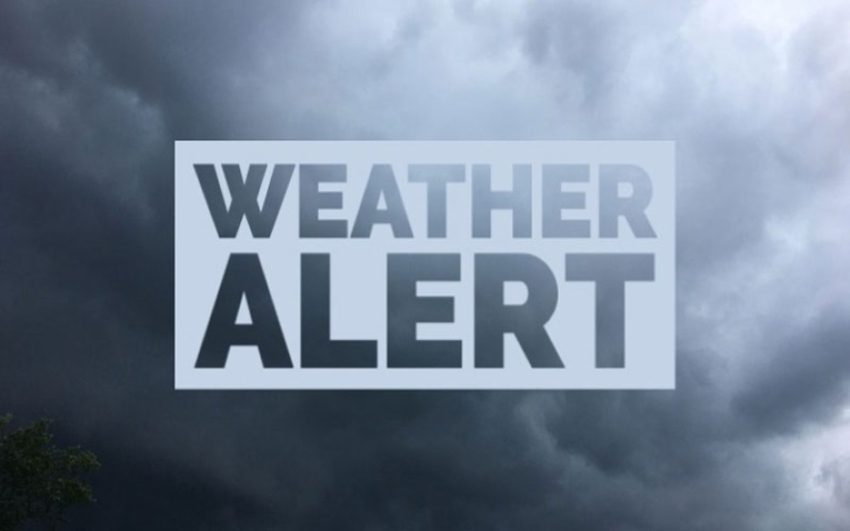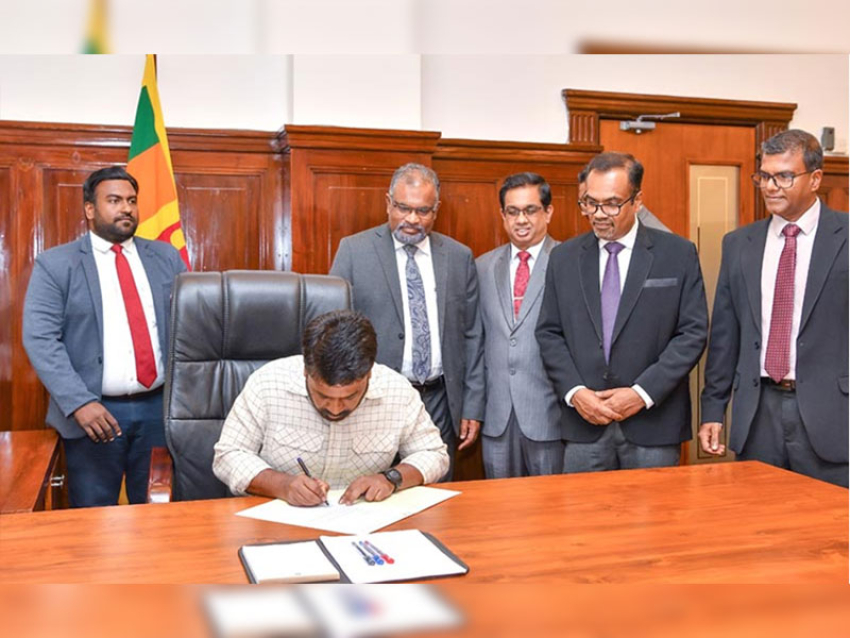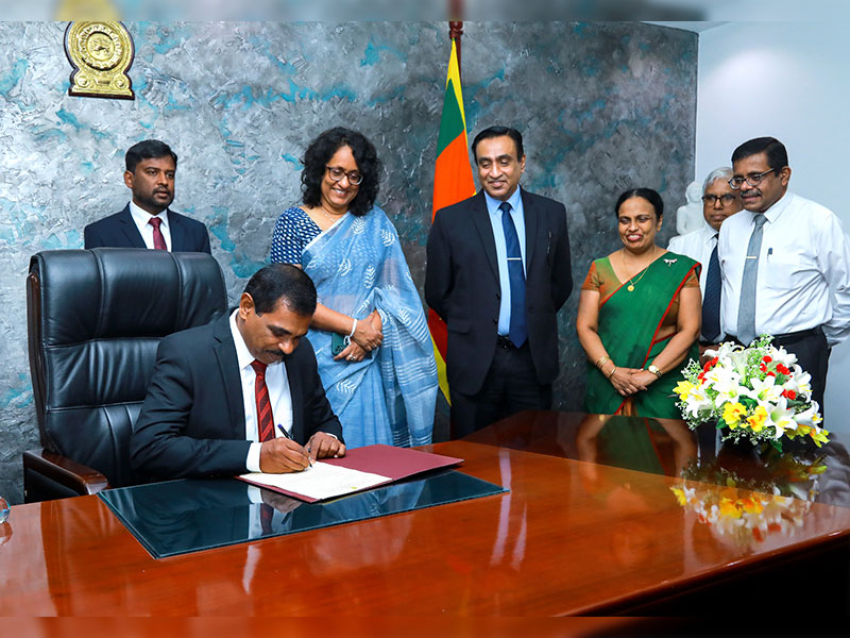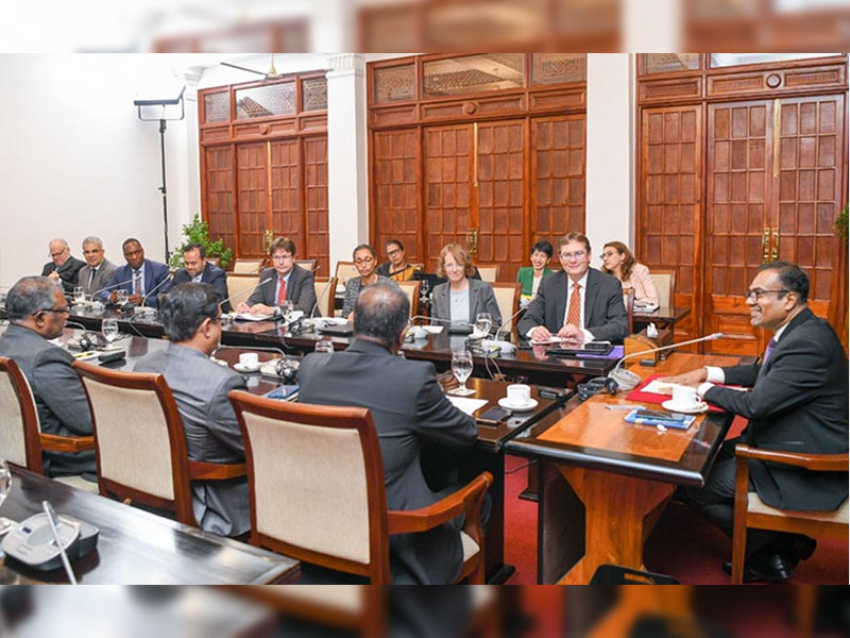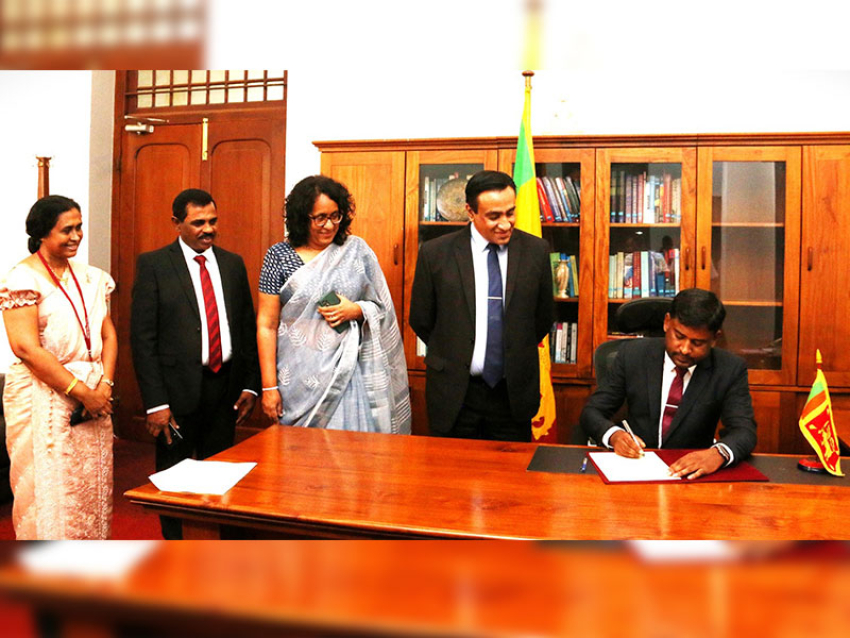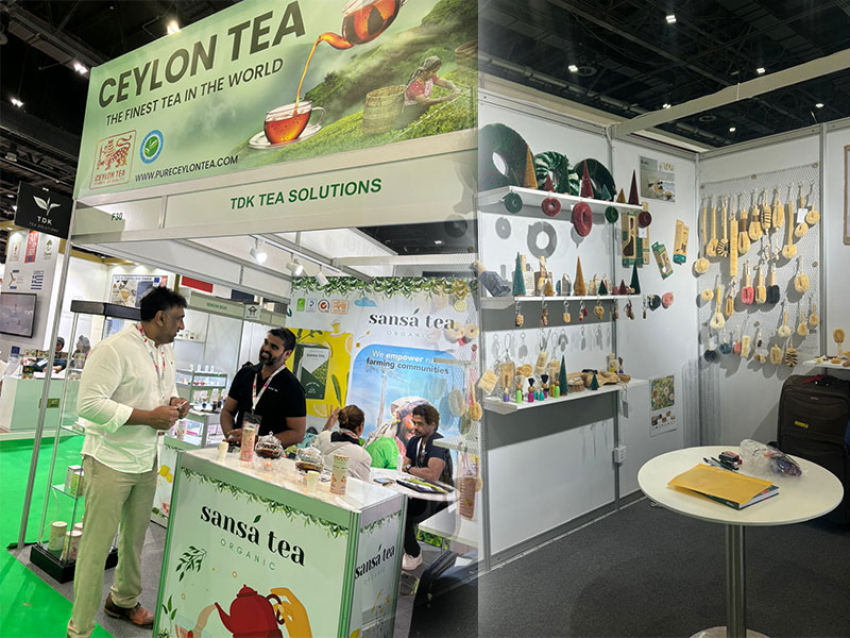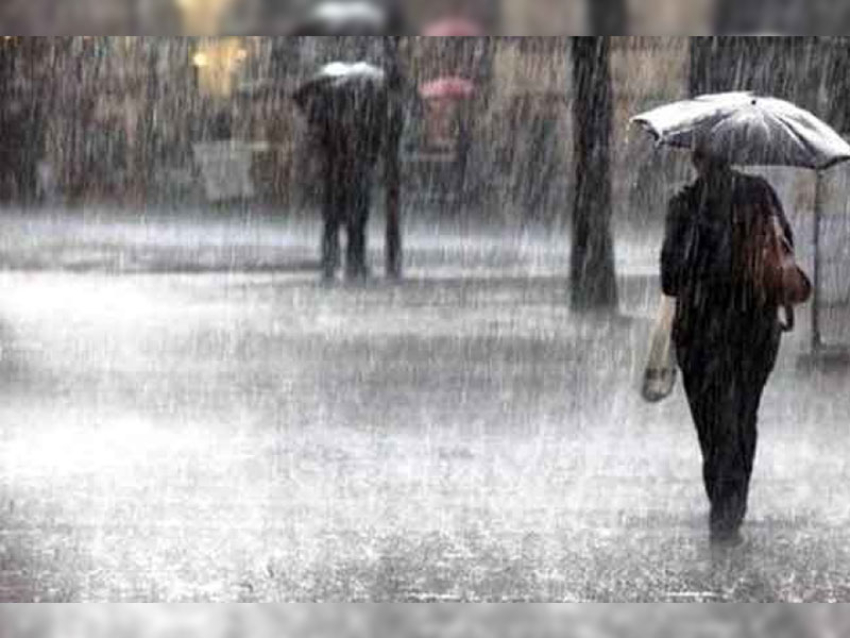Wetlands represent one of the most important components of Sri Lanka’s ecological fabric, performing essential environmental functions and providing all manner of economic benefits for people across the country. Unfortunately, the importance of Sri Lanka’s wetlands has not been adequately reflected by their place in the public imagination, but evidence of their numerous benefits should mean that we give them a larger space in our discussions.
The protection of our wetlands is especially important in the context of Sri Lanka’s economic development journey; the growth of cities tends to result in encroachment into these wetlands, which are often incorrectly regarded as unproductive wastelands and thereby ripe for infilling and repurposing. At the National Conference on Colombo Wetlands hosted by the Centre for Environmental Justice (CEJ), these issues were explored in detail, with contributions from a number of stakeholders involved at different junctures in the wetland preservation process.
Mitigating the effects of Climate Change
After years of inadequate responses, the coming decades are likely to involve our entry into a climate emergency. At a time where we are in desperate need of any defences we can muster, our wetlands act both as a welcome bulwark against the effects of climate change as well as a counteracting agent against the emission of carbon that gives rise to it.
SLLRDC Deputy General Manager of Wetland Management Dr. N. S. Wijayarathne, noted in his presentation that wetlands hold large amounts of carbon. Wijayarathne’s statements are echoed in a study published in the Australian Wetland Database which estimates that 35 percent of the world’s terrestrial carbon is stored in wetlands despite only making up 6 to 9 percent of the world’s surface. The clearing of wetlands will result in large quantities of stored carbon being lost to atmospheric carbon dioxide, thus exacerbating the greenhouse effect.
In addition to their ability to store carbon, Wijayarathne noted that wetlands also provide protection from flooding. With their ability to store millions of cubic metres of water, they represent natural flood control infrastructure. Building infrastructure that would perform the same function would cost significantly more than the maintenance of our wetlands and also would not be able to perform the myriad other functions that wetlands would.
One such function is the capacity of wetlands to allow for the cooling of the air in urban areas. Professor Devaka Weerakoon of the University of Colombo’s Department of Zoology and Environment Sciences, pointed out that ‘Wetlands cool the city, lowering the temperature by 10 degrees Celsius compared to hard surfaces.’ In a city like Colombo where the heat can often be debilitating and urbanisation tends to increase the temperature further, wetlands provide an essential service in this regard.
Biodiversity and protection of endangered species
Wild Life Department Director of Operations Manjula Amararathne, noted the importance of Wetlands with regard to the aims of his team, highlighting the efforts they were undertaking to protect them through the demarcation of protected areas and sanctuaries.
The maintenance of wetlands intersects a great deal with the aim of wildlife conservation, due to their significant contribution to biodiversity in Sri Lanka. Twenty critical animal species inhabit the wetlands, two of which, the fishing cat and the otter, are endangered. The critically endangered plant species Aganope hetaphylla has also been observed in the Kolonnawa marsh and Bedaganna Biodiversity Park.
Due to these ecological benefits, the Wildlife Department has already been involved in safeguarding numerous wetlands across the country. In addition to the wetlands already under protection, Amararathne announced a number of future projects that the Wildlife Department expects to undertake including the declaration of new protected wetland areas and sanctuaries in Akurala, Jaffna, Mirissa and at Lankapatuna.
Social and economic benefits
Many oppose efforts to fund environmental projects on the grounds of the opportunity cost associated with funnelling resources for these purposes, rather than ventures which, on the surface, seem more clearly in the service of immediate economic development.
However, it is inaccurate to posit that such a trade-off exists. The preservation of Wetlands actually creates a number of economic benefits, offsetting the need for costly projects which would serve similar functions to those of our already existing wetlands.
Weerakoon noted, ‘The goods and services provided by these wetlands are estimated to be around 16 to 18 billion rupees annually’. He highlighted a number of services wetlands could provide such as food, genetic resources, biochemicals and natural medicines, climate regulation and recreational services to name but a few.
The services these wetlands provide are especially important for the urban poor, with 60% of households located in and around wetlands depending on them for their livelihood. As such the destruction of these wetlands also entails destruction of the lives of many of those who rely on them.
Furthermore, there is the issue of food security. Eighty seven percent of wetland areas in the Colombo area provide some sort of food to people in Colombo. The Wetlands allow for fishing and foraging for native plants in addition to providing an area for the cultivation of vegetables and rice. If we fail to maintain these important areas, an important source of food for our urban citizenry will be cut off.
The role of wetlands also intersects with the activities of the Urban Development Authority (UDA). UDA Director of Environment and Landscape Chandana Kalupahana, highlighted the wetlands role as vital urban organs, key to the healthy functioning of the city, noting that wetlands act as “lungs for the way they refine air and kidneys for the way they absorb waste and filter pollutants and contaminants.”
In line with this acknowledgement of the importance of wetlands in the proper functioning of Colombo as an urban space, Chuleesha Geeganage of the UDA’s Research and Development Unit gave an account of the initiatives currently being undertaken which seek to incorporate the natural infrastructure of the wetlands into development plans. One of these initiatives involves the construction of esplanades, long open areas for walking by the water. The focus of this development will be on the oceanside marina, the Kelani river and Beira Lake, however esplanades will also be built by a number of canals including the Wellawatta and Dehiwala canal and the St Sebastian canal. Geeganage noted that the UDA aimed to “to open up 81sqkm of wetlands, to the public and enhance wetland fronts with a length of 39 kilometres for developments.”
Threats to Wetlands and possible solutions
There has been a significant reduction in the area of Wetland coverage in the last few decades with studies showing a 60% loss since the 1980s. This can be attributed in large part to the infilling of wetlands as well as the dumping of solid waste.
In addition to wetland loss, Weerakoon also pointed out the problem of degradation of water quality in those wetlands that do remain. He noted that this is largely due to domestic waste water, which has resulted in the poor ecological functioning of wetlands, with water in Beira Lake for instance now permanently degraded. A further threat to be considered, he noted, is that presented by alien invasive species which result in changes to the ecological character of the wetlands and compromises their functioning.
In response to these threats the Colombo Wetland Management Strategy, a report compiled by an interdisciplinary panel of experts including Weerakoon, was presented by him at the conference. This report listed a number of actions that ought to be undertaken to ensure the protection of our wetlands.
In addition to ensuring that no further wetland loss takes place (through zoning and protection) the report calls for structural changes in order to ensure cooperation between different governmental departments in dealing with these issues.
Firstly, the report calls for the implementation of a new management and governance process to oversee wetland management strategy. This would involve the setting up of a committee, which would define the roles of the organisations involved in wetland conservation as well as ensuring harmonisation between these organisations.
Secondly is the integration of this strategy with the Ministry of Megapolis and Urban Development, to ensure that development projects will secure sustainable urban outcomes and that the megapolis project and the protection of wetlands coincide with one another, for instance through the harmonisation of legal frameworks.
The report also calls for a number of direct interventions that can be made in the wetland environments. One such intervention is the development of a sustainable invasive species management plan with separate strategies for different plants. It notes that outright removal might not be an option due to their use by birds and other animals as roosting, breeding and feeding grounds; however, it calls instead for their “selective replacement with native and preferably endemic and threatened species”.
A further intervention that the report recommends is the connection of Sri Lanka’s fragmented wetlands through a “network of ecological corridors” such that the ecological functioning of the wetlands as a whole could be improved. This would be done by “developing urban green spaces, planting trees, road side planting, underground tunnels and vegetated overhead bridges”.
The loss of wetlands and environmental issues do not exist in isolation, this is not merely a case of us having an abstract duty to safeguard something external to ourselves. Damage to the wetlands means damage to people in our communities. By protecting our wetlands, we are also protecting ourselves. Protecting ourselves from economic insecurity, from ill health and from the human tragedies that will accompany the ongoing process of climate change.
The sincere and ardent intent on display at the National Conference on Colombo Wetlands shows a great deal of will on the part of many in public administration and civil society to consider the problems at hand and find solutions to protect our dwindling wetlands. Now, what is required is the implementation of these solutions, for our own sake as much as for the sake of our natural environment.



